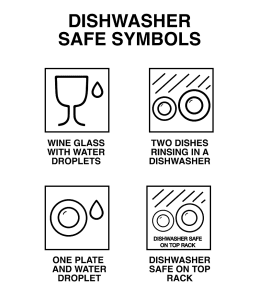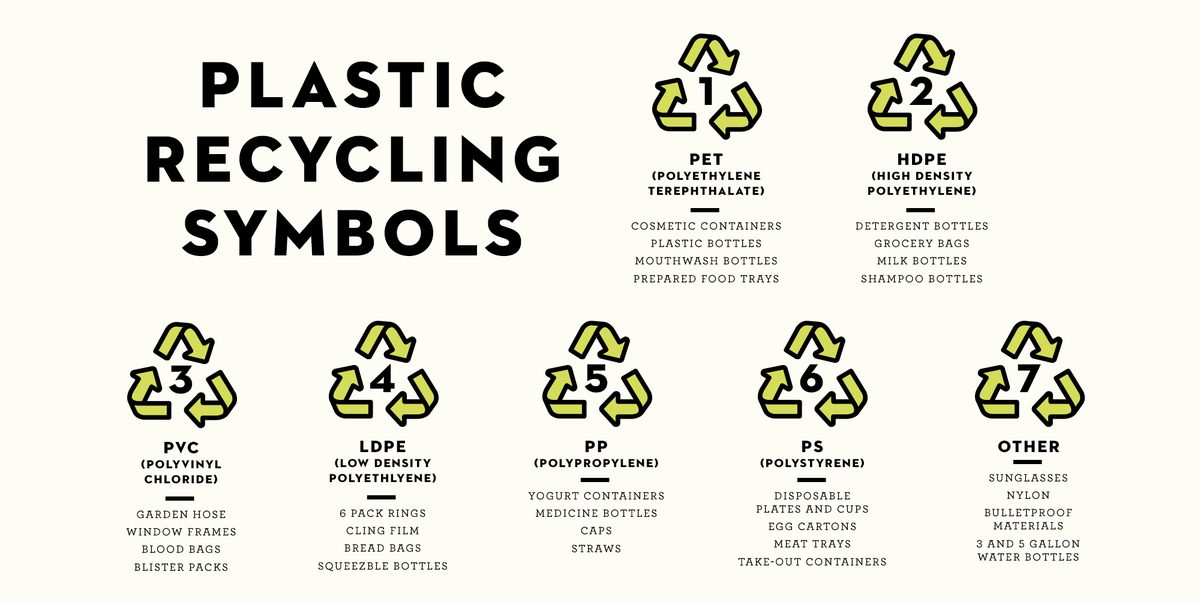When it comes to cleaning our kitchenware, convenience is key.
But how can you be sure that the plastic items you toss into your dishwasher won’t melt, warp, or release harmful chemicals? At least, it’s no news that plastics melt when placed in the dishwasher or just about any electronic that emits heat.
And sure, there should also be plastics that don’t melt, right? So how we can tell? Well, this article shows just how.
How to tell if plastic is dishwasher safe
Have you ever acccidentally filled your dishwasher with plastic containers only to open it up later to find a melted mess?
It could be an annoying experience. Not only is it painful loosing a utensil or diswasher, it could also be toxic.
However, if you’d want to avoid it in the future, you should be able to separate dishwasher-safe plastics from ones that are not.
So, here’s how…
First things first, look for the dishwasher-safe indicator, which is typically found on the bottom or side of the container.

If you can notice any of these signs, your plastic should be strong enough to withstand the high temperatures and water pressure of the dishwasher. So, yeah, you could go on with it.
What if you are unable to locate the symbol? There’s no need to freak out just yet!
Related: What happens if you cook meat pad with the meat?
You can look at the recycling code on the container, which is typically a number enclosed in an arrow-shaped triangle.
While some plastic products won’t have the dishwasher symbol, it’s easy to many plastics come with a recycling code.
Thankfully, this recycling code, could also easily give us a hint on whether a plastic is dishwasher safe or not.
Between, here’s what recycling codes look like…

Dishwasher-safe plastics include those with codes #1 (PET or PETE) and #2 (HDPE).
They are the same plastics that are used to make milk jugs, soap bottles, and water bottles.
Depending on their particular composition, the plastics with the codes #3 (PVC), #4 (LDPE), #5 (PP), and #6 (PS) may also be dishwasher safe.
Now, you’re probably asking, “Alright, but what if my container doesn’t have a recycling code or dishwasher-safe symbol? ” Well, just check the container for any warning labels. Anything labeled “hand wash only” or “do not expose to high heat” is obviously not safe for the dishwasher.
For clarification, here’s what a “hand-wash” only symbol would look like…

Note that, depending on the products, there could also be other variations just like for the dishwasher symbol.
Last but not least, don’t overlook the age and condition of your plastic.
Plastic can grow brittle and more vulnerable to damage over time from the dishwasher’s high heat and water pressure. It is preferable to manually wash your container if it is showing indications of use and abrasion.
Is there a list of plastics that are dishwasher safe?
Now that you are aware of how to recognize dishwasher-safe plastics, you might be asking if there is a list of specific plastics to watch out for.
While there isn’t a comprehensive list of plastics that are dishwasher-friendly, there are a few popular ones that are typically regarded as safe to put in the dishwasher.
As we already established, dishwasher safety plastics often extend to plastics with recycling codes #1 (PET or PETE) and #2 (HDPE). These materials could often hold up well to the high temperatures and water pressure of the dishwasher and are frequently used for water bottles, milk jugs, and detergent containers.
Depending on their precise composition, plastics with recycling codes #3 (PVC), #4 (LDPE), #5 (PP), and #6 (PS) may or may not be dishwasher safe.
For instance, PVC is frequently used for pipes and building supplies, but it is also used in certain food packaging. While certain PVC products may be dishwasher safe, others should be hand washed since they might emit dangerous compounds when heated.
There are a few other aspects to consider while choosing plastic food and drink containers. For instance, some plastics could be microwave-safe but not dishwasher-safe.
It’s also critical to take into account the plastic’s BPA content and recycled content, as these aspects may affect its suitability for usage with food and beverages.
Look for products that are marked as dishwasher-safe, microwave-safe, and BPA-free to guarantee that your plastic containers are secure for use with food and liquids. According to these labels, the product has been examined and found to be secure for use in certain circumstances.
What we Have to Say
In the end, it’s crucial to keep in mind that not all plastics are made equally. While some plastics can be put in the dishwasher without harm, others can deform, melt, or release toxic chemicals when they are exposed to hot water and high temperatures.
You can make sure yours remain good and useful for many years by following our advice for recognizing plastics that are dishwasher safe and looking for additional safety labels.
Remember, never put plastics in a dishwasher when you’re not sure!
Also when searching for plastics that can go in the dishwasher, seek containers made of materials like polypropylene or polycarbonate because they are made to handle high temperatures and pressures.
You may also want to go after other types of utensils, as plastics are not that safe especially when being heated.






